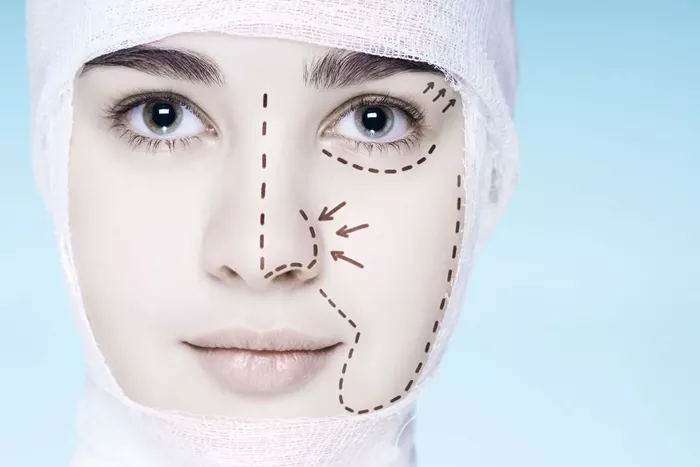Scarring is a natural part of the healing process and occurs when the skin repairs wounds caused by accidents, surgeries, burns, or diseases. While scars are common and generally harmless, many individuals are concerned about their aesthetic appearance and the time scars take to heal. This article provides a comprehensive overview of the scarring process, the factors influencing scar maturation, and the various treatments that can facilitate scar repair.
What is a Scar?
A scar results from the biological process of wound repair in the skin and other tissues of the body. This process results in fibrous tissue replacing normal skin after an injury. While scars typically fade over time, they may never completely disappear and can vary widely in size, shape, color, and texture.
The Wound Healing Process
To understand how long it takes for a scar to heal, it is crucial to first understand the stages of wound healing. The body’s response to tissue injury is complex and occurs in three distinct but overlapping phases:
Inflammatory Phase
The immediate response to skin injury is inflammation. This phase begins at the moment of injury and lasts for a few days. During this period, the body works to stop the bleeding through clotting, and immune cells are directed to the site of the wound to fight infections and begin the healing process.
Proliferative Phase
Following inflammation, the proliferative phase commences. This phase involves the growth of new tissue to fill the wound and typically lasts from several days up to several weeks. Key processes during this phase include the formation of new connective tissues (fibroplasia), the development of new blood vessels (angiogenesis), and the formation of new surface skin (re-epithelialization).
Maturation Phase
The final phase of healing, known as the maturation phase or remodeling phase, can last from several months to years. During this time, the new tissue slowly gains strength and flexibility. Here, collagen, which was hastily deposited in the wound bed, is realigned along tension lines and excess collagen in the scar is broken down and remodeled.
Factors Influencing Scar Healing
The duration and effectiveness of scar healing can be influenced by various factors, which include:
Age
Younger skin tends to heal faster but is more prone to over-healing, potentially leading to larger, thicker scars like keloids. Older skin generally heals more slowly and produces less robust scars.
Skin Type and Color
Darker skin is more susceptible to developing hypertrophic scars or keloids. Conversely, very fair skin may experience more noticeable redness around the scar area.
Wound Size and Depth
Larger and deeper wounds generally take longer to heal and may result in more noticeable scars.
Location of the Injury
Wounds in areas with high tension or that are constantly moving (like over joints) may take longer to heal and are prone to thicker scarring.
Nutrition and Health
Overall health and nutrition play crucial roles in the body’s ability to repair tissue. Vitamin C, protein, and zinc are particularly important for collagen production and wound healing.
Lifestyle Factors
Smoking, alcohol consumption, and inadequate sleep can impair the healing process and lead to poorer scar outcomes.
Treatment and Management of Scars
While scars cannot be completely removed once they have formed, there are various treatments that can significantly reduce their appearance:
Topical Treatments
Silicone gel sheets and creams are widely used to reduce scar thickness and discoloration. Hydrating the scar can prevent excessive collagen formation and thereby reduce the size of the scar.
Steroid Injections
Corticosteroid injections are commonly used to treat hypertrophic scars and keloids. They can reduce itching, redness, and swelling, and flatten the scar.
Laser Therapy
Laser treatments can be effective in making scars less noticeable by reducing redness, smoothing out the scar, and encouraging the production of new skin cells.
Surgery
In some cases, surgical revision of scars may be considered, especially if the scar is large or located in a problematic area. This method often involves cutting out the old scar and closing with tiny stitches, giving it a less noticeable appearance.
Natural Remedies
Some natural remedies, including onion extract (found in over-the-counter scar creams), honey, aloe vera, and vitamin E, have been used to treat scars, though scientific evidence supporting their effectiveness varies.
Conclusion
The healing time for scars varies significantly depending on a wide range of factors including the nature of the injury, the individual’s age, skin type, overall health, and how the wound is managed. Scars generally develop within a few weeks of the injury and may continue to change in appearance over the next several months to years. While it is impossible to erase a scar completely, the visual impact of a scar can be effectively minimized through proper wound care, medical treatments, and time. Patience is key, as is consulting with a medical professional to choose the best treatment strategy for your specific situation.
[inline_related_posts title=”You Might Be Interested In” title_align=”left” style=”list” number=”6″ align=”none” ids=”8113,8023,7967″ by=”categories” orderby=”rand” order=”DESC” hide_thumb=”no” thumb_right=”no” views=”no” date=”yes” grid_columns=”2″ post_type=”” tax=””]
































